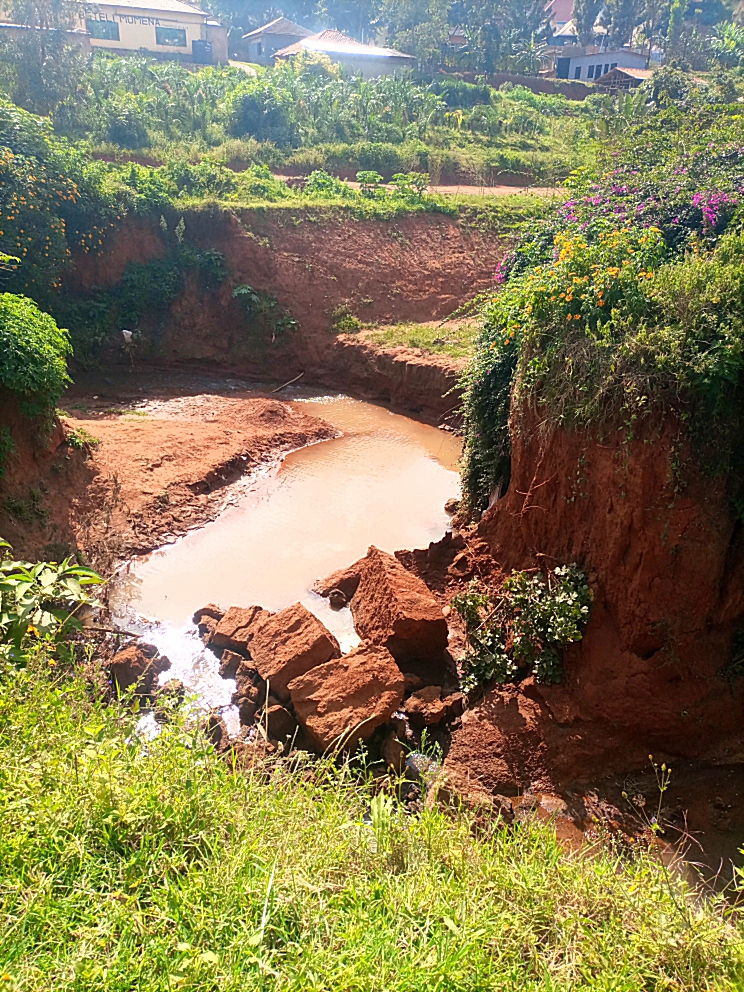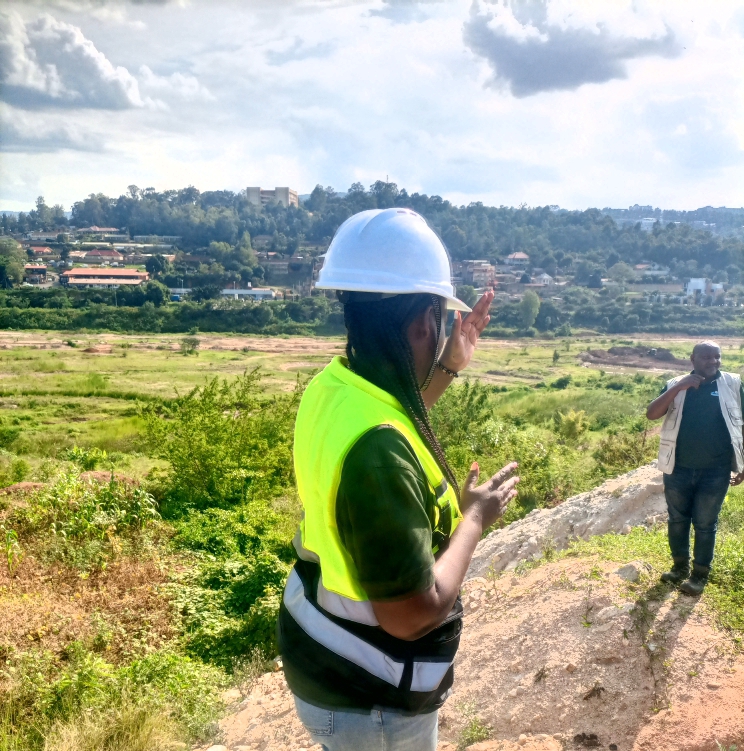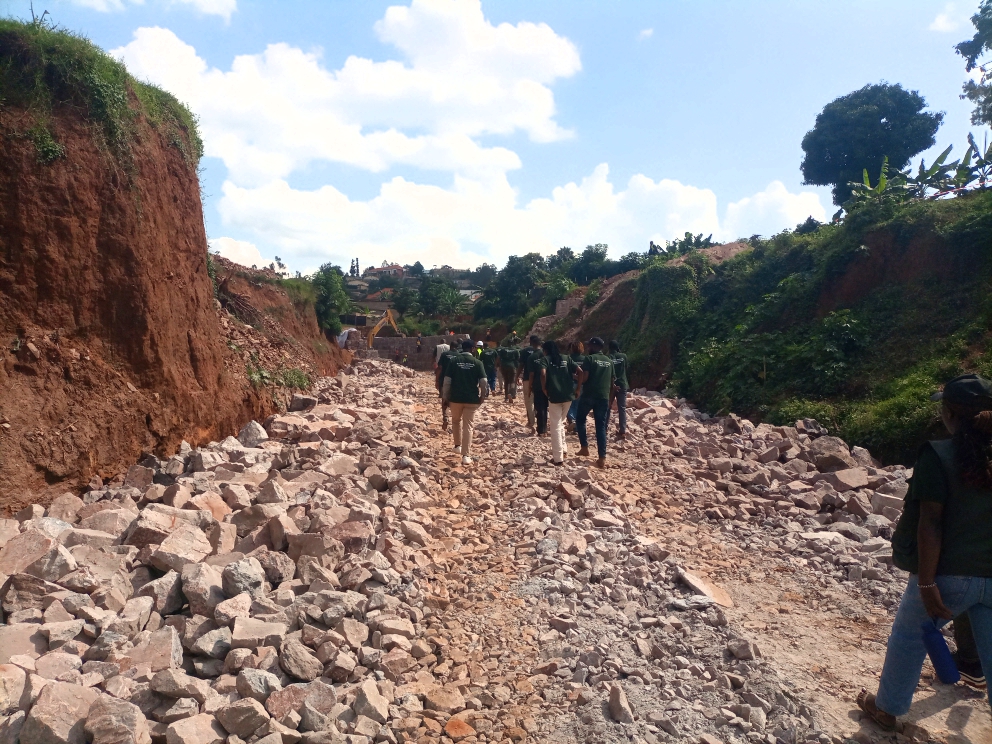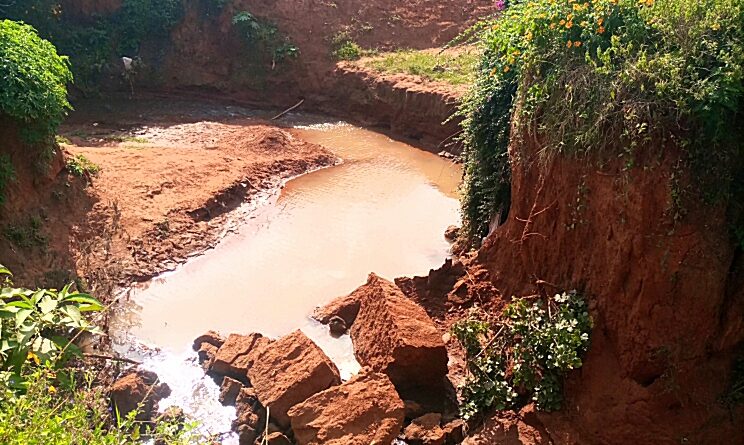$82 Million needed to restore Kigali’s scenic wetlands and protect the environment
Author: NIYOMUGABA Jean Flex
Kigali, the capital of Rwanda, is naturally characterized by rolling hills and valleys. These valleys have over time turned into wetlands, which has led to frequent flooding due to climate change.
This has been a pressing concern, with several drainage channels in the city having been damaged, resulting in loss of lives and destruction of homes.
When these drainage channels overflow, they disrupt transport between various sectors of Kigali, particularly between Kicukiro and Nyarugenge, among other areas. In places like Rwampara, the flow of water from buildings and surrounding hills such as Rebero has caused severe damage.
Currently, efforts are underway to reconstruct these channels in a sustainable manner, with the aim of providing lasting environmental solutions.
Research by CRED (Centre for Research on the Epidemiology of Disasters), based at the University of Louvain in Belgium, indicates that disasters like floods have serious health impacts. These include flood-related diseases, mental health disorders, and waterborne illnesses. CRED focuses on researching disaster risk reduction and effective emergency response mechanisms.
In Rwanda, floods have caused significant challenges including loss of life, destruction of infrastructure, and forced displacement. According to CRED, having a solid disaster preparedness and response plan is vital for mitigating such effects and ensuring people’s well-being something the Government of Rwanda has actively pursued.
Flood-prone areas such as Mukanogo, Poids Lourd, Nyabugogo, and Utexirwa have often experienced severe damage to infrastructure during heavy rains. To address these challenges and enhance Kigali’s aesthetic and environmental resilience, the Government of Rwanda through the Rwanda Environment Management Authority (REMA) and its partners has launched long-term restoration initiatives.
A project that began with feasibility studies and master planning in 2021 moved into its construction phase in March 2024.
The RIDP2 project, funded by the Nordic Development Fund, aims to restore five key wetlands:
Rwampara Wetland
Gikondo Wetland (covering Remera, Kimihurura, Kicukiro, and Gatenga)
Rugenge rw’Intare Wetland (covering parts of Kacyiru and Muhima)
Kibumba Wetland (located in Kinyinya)
Nyabugogo–Gisozi Wetland
These wetlands span across all three districts of Kigali and are undergoing urgent restoration works.
Madame UWERA Martine, from REMA’s Department of Mainstreaming Environment and Biodiversity Conservation into National Planning, emphasized the significance of this initiative for Kigali residents.
She noted that rehabilitating these wetlands will transform the city’s landscape, help manage flooding, restore biodiversity, improve air quality, and introduce medicinal plants, as well as purify water through the creation of ponds, lakes, and eco-islands. These features will offer scenic beauty and attract visitors.
She added: “Recreational spaces will also be created, along with sports facilities to improve the quality of life for Kigali residents and tourists alike. This project is set to become a major eco-tourism hub.”
The project aims to rehabilitate 500 hectares across 58.5 kilometers and is projected to cost $82 million USD. It is expected to be completed by December 2025.




